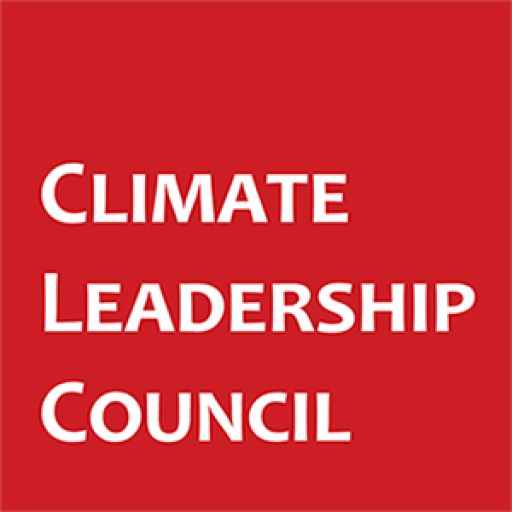In this blog, we’ll unpack one of the core challenges mentioned in our latest paper, Prioritizing American Interests:
As U.S. emissions fall, global emissions continue to rise.
This trajectory is tied largely to rising emissions in the developing world, which are expected to double by mid-century. In fact, if the Global South—covering most of Africa, Latin America, Asia, and Oceania—continues its current economic and emissions trends, any reductions achieved by the U.S. and other advanced economies could be eclipsed by rising emissions from emerging markets. Even if China, India, and other BRICS nations meet their pledges under the Paris Accord, global emissions may only drop by 8%.
It is a complex reality. The world’s poorest countries should not be expected to prioritize climate solutions over investing in infrastructure, education, and healthcare systems to lift their people out of poverty. But we must recognize that the energy and infrastructure investments they are making today will shape the emissions trajectory of the global economy.
This presents the U.S. with an opportunity to take a leadership role in accelerating low-carbon infrastructure in these high-growth areas.
Figure 1. Mid-century emissions if advanced economies decarbonize but other countries continue along their current trajectory

Source: Climate Watch historical emissions data, World Data Lab World Emissions Clock, author calculations
As the populations in emerging economies have rapidly increased, so have their energy needs. In Africa alone, electricity infrastructure will have to expand about 600% over the next 25 years to bring electricity to 600 million people for the first time, improve reliable and affordable access across the continent, and serve a rapidly growing industrial sector. Meeting global decarbonization targets will demand annual investments of $1.6 trillion in zero-carbon generation, $1.8 trillion in electrified transport, $800 billion in electric grid and storage, and $500 billion for carbon capture.
The question becomes: who will serve this market?
So far, China has dominated this market with its Belt and Road Initiative (BRI), a global infrastructure development strategy that has invested $1 trillion in more than 150 countries and international organizations. BRI spending has primarily concentrated on carbon-intensive energy and transportation infrastructure; however, it is beginning to shift to critical minerals and advanced technologies. China views these investments as both a strategic move for securing natural resources and a commercial opportunity, favoring risky investments that will deliver either high financial returns for Chinese investors or geostrategic advantage to the Chinese government.
In contrast to BRI investments, the U.S. has relied on international development programs and its foreign assistance apparatus. However, these programs are not adequately funded or structured to address the scale of the challenge. Critics argue that while China offers large amounts of straightforward financing, the U.S. offers smaller assistance that comes with complicated requirements.
To take advantage of an enormous investment opportunity, the U.S. should redesign foreign investment programs to advance American interests. Programs that promote American goods and services and secure critical mineral supply chains would benefit U.S. firms; improve access to low-carbon technologies for developing nations; enhance market power; and cultivate new strategic ties to overseas markets.
Even with a realigned focus, federal investments will only provide a small fraction of the trillions of dollars needed for global decarbonization by 2050. To effectively compete, the U.S. should adopt a more aggressive global investment strategy and harness our most potent tool—private capital. Motivating private capital will require policies that address common roadblocks investors face, like robust project pipelines and liquidity support.
By increasing both public and private investments, the U.S. can serve partner country needs and our national priorities at the same time. These types of creative solutions are indispensable to changing the course of global emissions growth.
